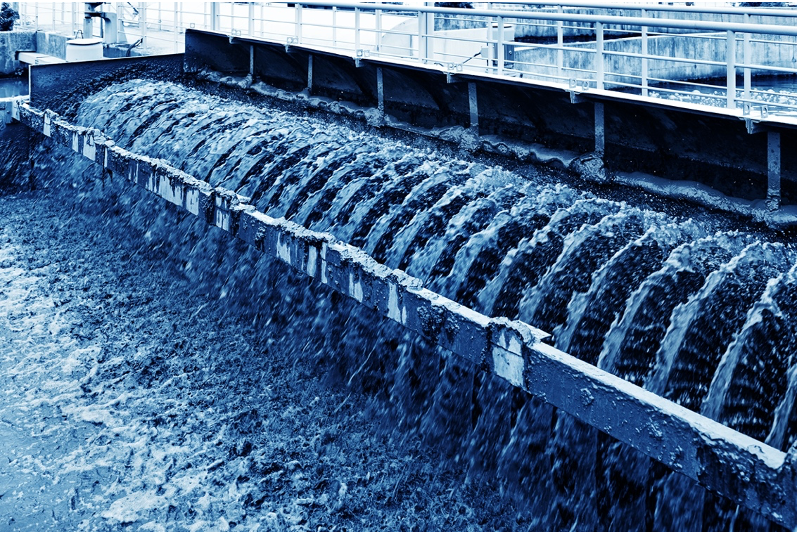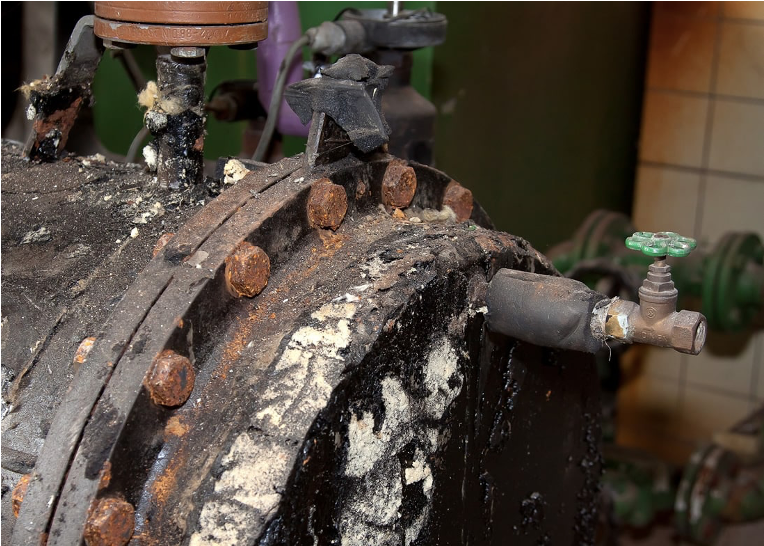
Water treatment is a critical process that ensures the availability of clean and safe water for various purposes. However, a significant by-product of water treatment is sludge, which poses unique challenges in terms of disposal and management.
In this blog, we will explore the causes of sludge formation, the drawbacks of excessive sludge, and various methods available to effectively dispose of and manage sludge. We will conclude with suggestions on how to reduce and manage sludge formation more effectively.
Causes for Sludge Formation
Sludge formation is a natural consequence of the water treatment process, resulting from the removal of suspended solids and other contaminants. The primary causes for sludge formation in water treatment include:
- Coagulation and Flocculation: Coagulation and flocculation processes use chemicals to destabilize and aggregate suspended particles. This aggregation leads to the formation of larger particles, which settle down as sludge.
- Sedimentation: During sedimentation, gravity helps in the separation of particles from water. Heavy particles settle at the bottom, forming sludge.
- Filtration: Filtration mechanisms capture fine particles and impurities, accumulating them as sludge on filter media.
Drawbacks of Excessive Sludge Formation
While sludge is an inevitable by-product of water treatment, excessive sludge accumulation can lead to various drawbacks:
- Environmental Impact: Improper disposal of sludge can have detrimental effects on the environment. Sludge contains high levels of organic matter and nutrients, which, if released into water bodies, can cause eutrophication and harm aquatic ecosystems.
- Health and Odor Issues: Unmanaged sludge can emit foul odors and harbor disease-causing microorganisms, posing health risks to nearby communities.
- Increased Treatment Costs: Excessive sludge generation necessitates additional resources, such as chemicals, energy, and equipment, for its treatment and disposal. This leads to increased operational costs for water treatment facilities.
- Reduced Treatment Efficiency: When excessive sludge accumulates in treatment units, it can hinder the effectiveness of processes like coagulation, flocculation, and filtration. This reduces the overall treatment efficiency and compromises the quality of treated water.
- Regulatory Compliance: Water treatment facilities must comply with strict regulations regarding sludge management and disposal. Failure to meet regulatory standards can result in penalties and reputational damage.
Managing and Reducing Sludge Formation
To effectively manage and reduce sludge formation, the following suggestions can be implemented:
- Optimization of Treatment Processes: Fine-tuning coagulation, flocculation, and sedimentation processes can enhance efficiency and reduce sludge production. Improved control over chemical dosing, mixing, and settling time can minimize excess sludge formation.
- Advanced Treatment Technologies: The adoption of advanced treatment technologies, such as membrane filtration and activated carbon adsorption, can improve water quality and reduce sludge generation.
- Source Control: Implementing source control measures to prevent the entry of pollutants into the water supply can minimize the amount of sludge generated during treatment.
- Recycling and Reuse: Exploring opportunities for sludge recycling and reuse, such as energy recovery through anaerobic digestion or converting sludge into useful products like bioplastics, can reduce the overall environmental impact.
- Public Awareness and Education: Educating the public about responsible water usage, pollution prevention, and the importance of proper sludge management can foster a collective effort in reducing sludge formation.
Efficient management of sludge in water treatment processes is crucial to mitigate environmental and health risks associated with its disposal. By understanding the causes of sludge formation, recognizing the drawbacks of excessive sludge, and implementing appropriate disposal and management methods, we can minimize the environmental impact and optimize resource utilization.
Through a combination of process optimization, advanced technologies, and public awareness, we can strive towards reducing sludge formation effectively and promoting sustainable water treatment practices for a cleaner future.







About The Author: Pure Water
More posts by Pure Water